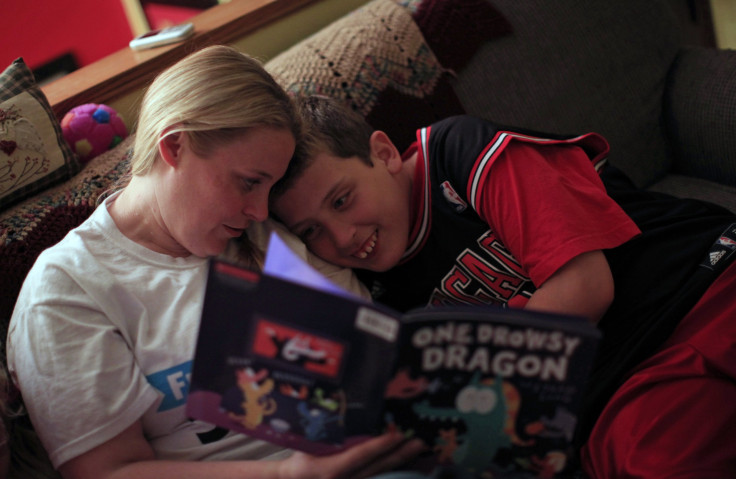Early Therapy for Kids With Autism Can Normalize Brain Activity, Improve Social Skills

Cases of children with autism spectrum disorder have skyrocketed over the past 20 years alone. In 2000, the Centers for Disease Control and Prevention estimated that about 1 in 150 children had autism spectrum disorder. Today, the CDC says that 1 in 88 children have autism. While some would say that the rate has increased because diagnostic tools have gone up - and that certainly accounts for some of the drastic rise - it does not change the fact that there is currently no cure for the disorder.
However, researchers have found that an early intervention has been found to reduce the symptoms of autism spectrum disorder, improve children's social skills, and most impressively normalize brain activity.
The Early Start Denver Model (ESDM) was developed by study author Sally Rogers and Geraldine Dawson, the chief science officer of the advocacy and research organization Autism Speaks. According to the study published in The Journal of the American Academy of Child and Adolescent Psychiatry, the method "fosters parental use of a child-centered responsive interaction style that embeds many teaching opportunities into play, compared to community treatment as usual".
The study examined 48 male and female children between the ages of 18 and 30 months. All had been diagnosed with autism. Because autism affects more boys than girls, at a rate of 5 to 1, there were significantly more boys enrolled in the study. The reason that the children in the study were so young was "that infant brains are quite malleable," Rogers said in a statement. "[This] therapy capitalizes on the potential of learning that an infant brain has in order to limit autism's deleterious effects."
The children were divided into two groups. One received the ESDM treatment - 20 hours of the therapy, administered over two years. Parents were also trained to administer the therapy. The other children did not receive ESDM treatment, but were given other interventions, as well as evaluations, referrals, and reading materials.
At the end of the study, the children were given an electroencephalogram (EEG) that measured brain activity while they looked at objects and at human faces. In typical children, they - and 71 percent of the typical children studied by these researchers - use much more brain activity to identify faces than they do to identify objects. For the children with autism who had been treated using the ESDM therapy, 73 percent had brain activity that appeared similar to their typical peers. But for those who had not received the therapy, 64 percent of the children's brains responded more when seeing toys than when they saw faces.
Additionally, children who had received the EDSM therapy had fewer problems with social interaction and communication. They were able to begin conversations, make eye contact, and imitate others.
"This is the first case-controlled study of an intensive early intervention that demonstrates both improvement of social skills and normalized brain activity resulting from intensive early intervention therapy," said Geraldine Dawson, the study's lead author and a professor at the University of North Carolina, Chapel Hill. "Given that the American Academy of Pediatrics recommends that all 18- and 24-month-old children be screened for autism, it is vital that we have effective therapies available for young children as soon as they are diagnosed."
A previous study on the EDSM method found that children with autism who used it made three times as many gains in IQ and language over children with autism who had not used the method.
More about the Early Start Denver Method Initiative can be found here.



























